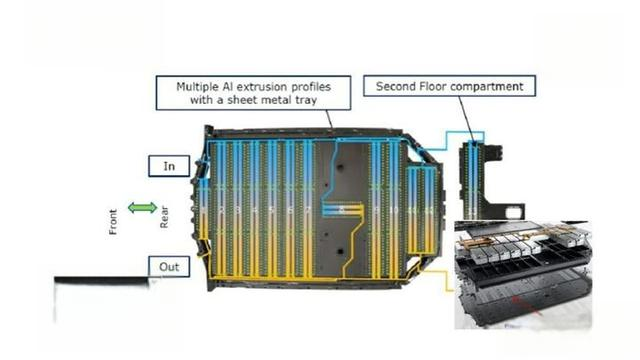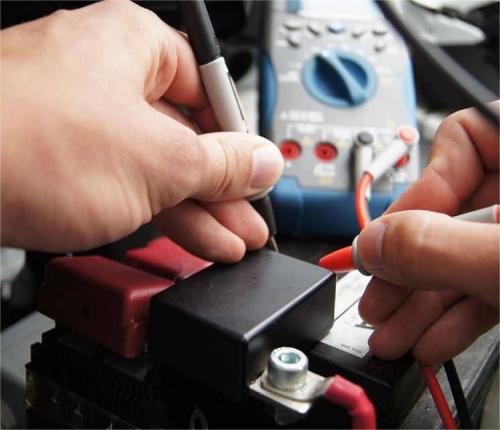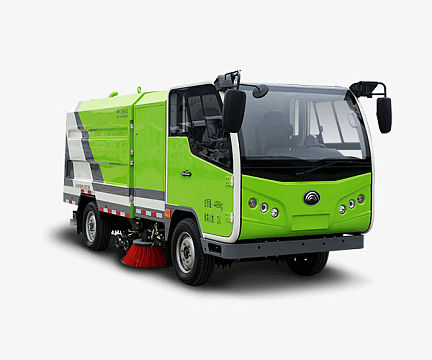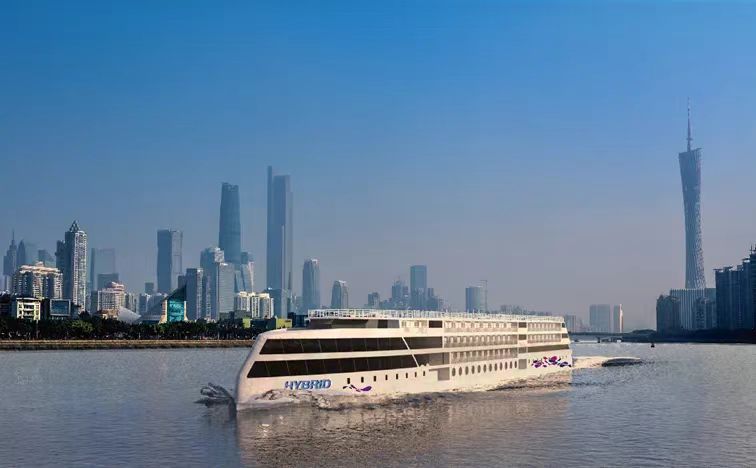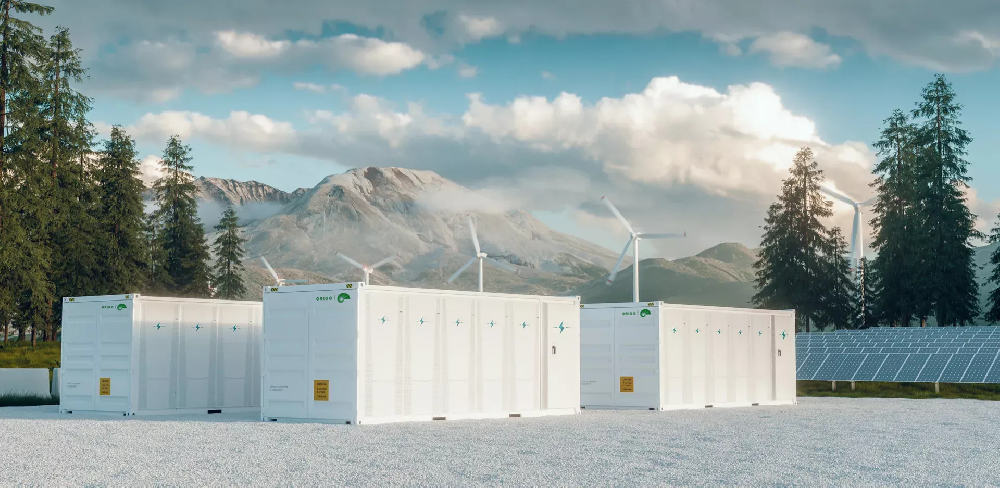Lithium-Ion Battery Care Guide
We take a deep look at the liquid cooling technology solutions that are popular in the current market. The core of liquid cooling technology lies in the water cooling plate, and the key driving force for its continuous improvement and development is to improve thermal conductivity. Improving thermal conductivity can be achieved through the following ways:
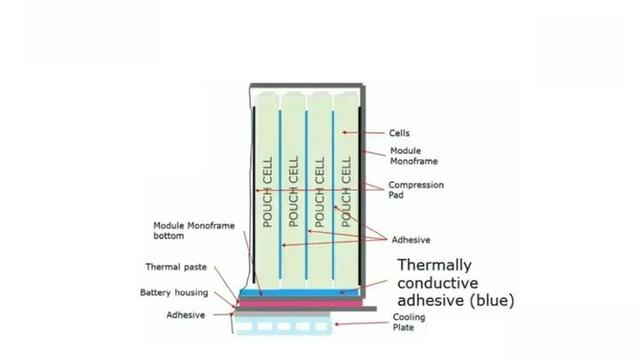
The first is to improve the thermal conductivity of the cold plate by optimizing the material of the cold plate. At present, aluminum alloy and copper metal are the two mainstream choices. Copper has better thermal conductivity, but the cost is relatively high. Therefore, aluminum alloy is more popular in passenger car battery packs. Secondly, improving the thermal conductivity of the interface between the cold plate and the battery cell is also key. Taking the CMP battery pack as an example, the heat conduction from the battery cell to the water-cooled plate needs to go through multiple links and thermal conductive adhesives. Therefore, optimizing the thermal interface material (TIM) has become an important means to improve thermal conductivity efficiency. From the early air medium to today's thermal conductive adhesives, the thermal conductivity of TIM continues to improve.
Furthermore, by improving the flow channel design, the contact area between the cold plate and the battery cell can be increased, while improving the heat exchange effect of the fluid. At present, the combination of profiles and welding dominates the flow channel design. Among them, the harmonica tube design directly forms the flow channel through the extrusion process, and then completes the sealing assembly through machining and welding. It has advantages in efficiency and cost, but the structural flexibility and space utilization need to be improved. The stamping flow channel design is mainly based on stamping molding. Although the cost is slightly higher, it has higher integration efficiency and consistency.
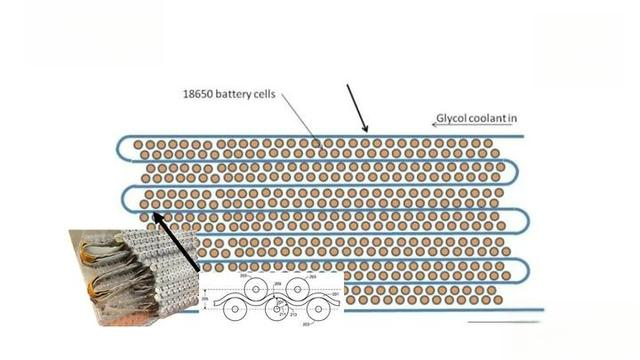
According to the different positions of the cold plate, we further explore the two solutions of cell side cooling and cell bottom (top) cooling. Taking Tesla Model S and GM Volt as examples, the former adopts a serial flow channel design, so that each cylindrical cell can directly contact the water plate, but the serpentine cold plate brings a certain pressure loss. In contrast, Volt's parallel sheet structure flow channel plate design is more compact and has a better heat dissipation effect.
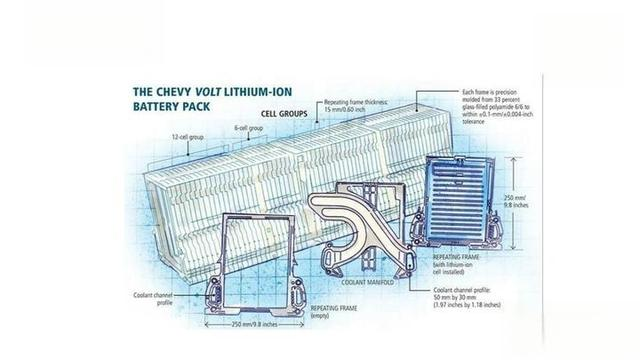
Another case worth noting is the LISHEN battery . Its cooling system relies on the innovative component of the multifunctional elastic interlayer, which combines the harmonica tube and water pipe design, replacing the multiple structures in the traditional CTP solution in one fell swoop. Its corrugated cardboard-like structural design not only ensures the free expansion and contraction of the battery cell, but also enhances the overall strength of the battery pack. At the same time, the design of the longitudinal water cooling plate also greatly increases the cooling area of the battery cell, which is four times higher than the bottom cooling solution.
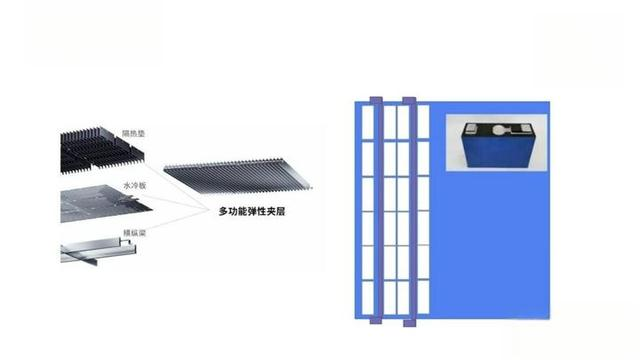
Porsche Taycan provides a typical example of cooling the bottom (top) of the battery cell. Its module layout and water cooling system are divided into two layers, with a total of 13 cooling branches. The water cooling plate is tightly bonded to the lower box through structural thermal conductive glue, and each branch is connected in parallel with two water cooling pipes, using a harmonica pipe design. From the cross-section, each cooling pipe contains 10 parallel flow channels with fine dimensions, and the overall design is compact and efficient.
